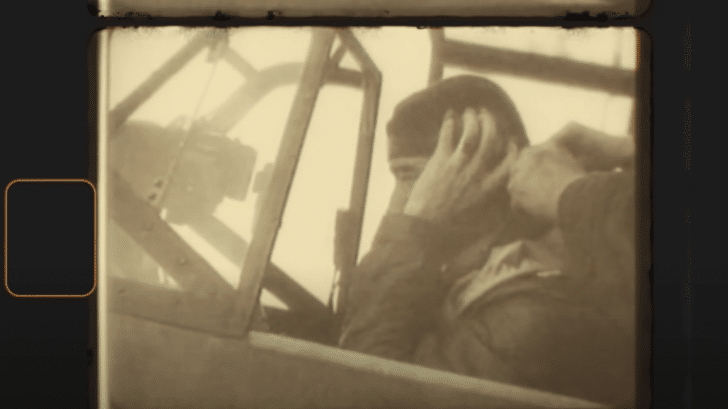A German Ace by the name of Friedrich Beckh had quite an unusual story. By most standards, Beckh was too old for a combat position in WWII. He was born in 1908 and first joined the army in 1926 as part of the cavalry. After a nine-year tenure, he traded his horse for a fighter and joined the Luftwaffe. But by the time the Second World War started, Beckh was already a 31-year-old pilot.

Becoming An Instructor
He was relegated to instructing younger aviators at the German Air War Academy. Unbeknownst to Beckh, he would also form a good friendship with another German Ace – Werner Mölders, who would eventually go on to be one of the highest-scoring Aces in the Luftwaffe.
When Molders was given a commanding position in JG51 in the summer of 1940, he arranged for Friedrich Beckh to be a combat pilot in his unit. Upon Beckh’s arrival, he would be assigned to fly the Messerschmitt Bf-109.
Racking Up Kills
In March 1941, during a battle against the RAF, Beckh would shoot down a couple of Spitfires before JG51 was sent to the Eastern Front as part of Operation Barbarossa. By the end of 1941, he had already racked up an impressive 26-kills claimed.
After plenty of successful combat missions over March 1942, Beckh continued his spree on April 5, claiming he destroyed six Soviet aircraft in three different sorties. This brought his total claims for the war to 41, resulting in his promotion to a Commanding Officer of unit JG52.

Last Promotion
On June 21st, now as the Commander of JG52 at 34 years old, Beckh took off for a low-level sortie east of Kharkiv, Russia, with just one wingman. During the flight, the pair spotted a Soviet Air Base with fighters spread out on the ground. As they dove to attack, they opened fire on the ground, destroying two parked planes before pulling up from the strafe run.
Return Fire
However, Soviet anti-aircraft fire quickly responded by filling the sky with tracers. Beckh’s plane took a direct hit from Flak, rolled over, and dove nose down. The 34-year-old pilot was then listed as “Missing In Action” for the next 60 years.

The Discovery
In 2004, a road was getting made near the Russian town of Veliki. As dirt was being removed, the wreck of an aircraft appeared below – it was evident that it was a Bf-109 fighter with the pilot’s body still visible inside the cockpit.
After identifying the plane’s number, it was confirmed that the Bf 109F-4 had a white “4” on the side – the same aircraft that Friedrich Beckh used. Finally, after sixty years of being labeled as missing, Beckh was positively connected to the crashed fighter in Russia.



